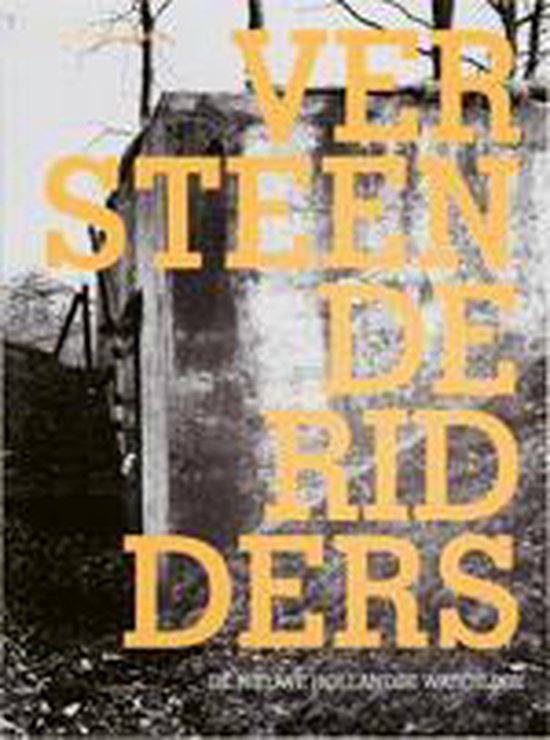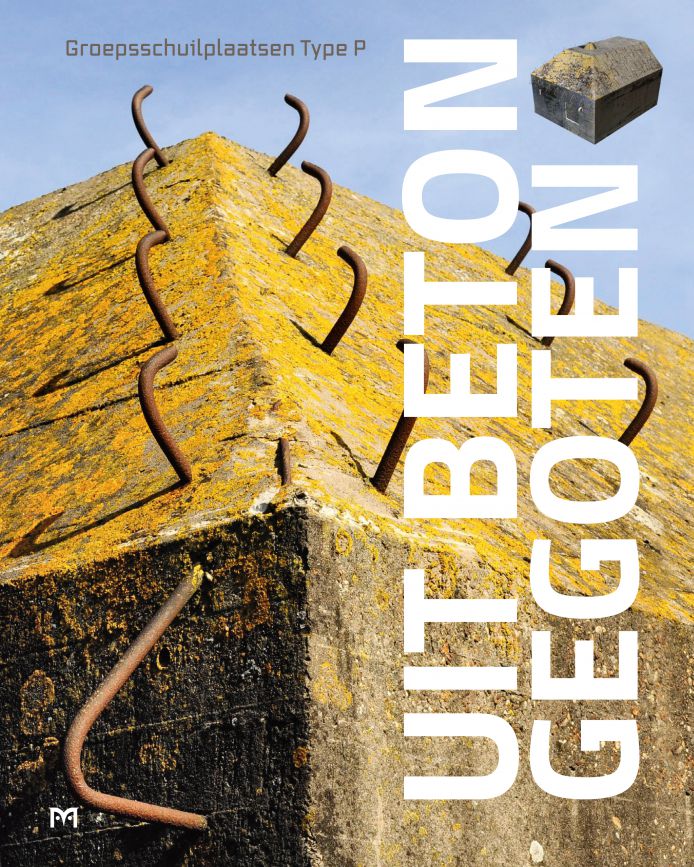After the First World War, the question arose in the Netherlands as to how the country's defences should be reorganised in the event of a future war. New developments on the battlefield, such as the use of aircraft, tanks and poison gas, had to be taken into account.
The army leadership carried out this reorganisation in 1922. Central to this was the defence of Fortress Holland (roughly the area of the Randstad). The New Dutch Waterline, together with the eastern part of the Defence Line of Amsterdam, was called the Eastern Front of Fortress Holland. The Eastern Front ran from Muiderberg in the north to Werkendam in the south. In the south was the Southern Front, which stretched from Dordrecht to Hoek van Holland. These two fronts were the most important, because any enemy attack was expected to come first from the east and then from the south.
In addition to the Eastern and Southern Fronts, there was also the Western Front, which ran along the North Sea coast from Wijk aan Zee to Hoek van Holland. The Northern Front ran from Muiderberg along the northern part of the Defence Line of Amsterdam to Edam.
A request was submitted to the government for the construction of around a thousand combat positions. A budget was made available for this in 1939. Between 1928 and 1934, a “Regulation for the Construction of Defences” had already been drawn up, standardising all aspects of the construction of casemates, group shelters and combat positions. After Germany invaded Poland on 1 September 1939, it was immediately decided to put the defence line in order and construction of Type P group shelters began.
All Type P group shelters were located along the Eastern and Southern Fronts.
The Type P group shelter served as a shelter for ten to twelve infantrymen during artillery fire and air raids. It had no active combat function and therefore had no positions for cannons or machine guns.
The Type P shelters were usually part of a group nest, a commonly used combat formation consisting of a trench, a gun or machine gun emplacement and a group shelter. Sometimes, Type P shelters were also built alone in the field.
Type P shelters can be found in two different versions, the W15-21 and the W21-28. These versions determined the strength and degree of protection they offered against different calibres of artillery. The W stands for resistance. The number indicates the diameter in centimetres of the high-explosive shell, i.e. the W15-21 could withstand half an hour of continuous fire with 15 cm shells and an occasional hit from a 21 cm shell.
The roofs of both versions are of the same thickness, 215 centimetres of concrete. The front wall and side walls differ. The side walls of the W15-21 are 125 centimetres thick and the front wall is 150 centimetres thick. In the W21-28, these are 150 and 180 centimetres respectively.
The rear side (back with entrance) is the same for both versions, as are the interior walls. These are 60 centimetres thick.
The W 15-21 and W 21-28 were built with dimensions ranging from approximately 5.50 x 7.20 x 4.70 m to 6.50 x 8.20 x 4.90 m (w x d x h).
The interior consists of an entrance, which is one metre above ground level, with a connecting corridor at right angles to it and a waiting area. The waiting area has a loophole to cover the soldiers entering. The entrance is located at the rear of the firing range.
The roof has sloping sides on three sides, while the front wall is the only side without a slope. These slopes served to deflect grenades and/or aircraft bombs. They were also probably used to apply ground cover.
The Type P shelters occur along the front line in a few local variations, such as the presence and shape of hooks for attaching camouflage and the shape of the periscope tube cover.
The W15-21 version occurs throughout the line, while the W21-28 is mainly found in the various forts on the Eastern Front.
Between November 1939 and April 1940, at least 772 Type P group shelters were built. Of these, 582 remain.
The Eastern Front and Southern Front were divided into Groups and Sections:
- Naarden Group: Muiden and Weesp sections.
- Nieuwesluis Group: Nederhorst den Berg, Mijnden and Maarsseveen sections.
- Utrecht Group: Werkspoor Blauwkapel, Biltstraat, Lunetten, Liesbosch and Jutphaas sections.
- Lek Group: sectors Honswijk and Everdingen
- Merwede Group: sectors Leerdam, Heukelum, Arkel and Sleeuwijk
- Kil Group: sectors Wieldrecht-Oost, Wieldrecht-Midden, Wieldrecht-West and Strijen
- Spui Group: sector Numansdorp
Sorry, no map found.
Sorry, no map found.



